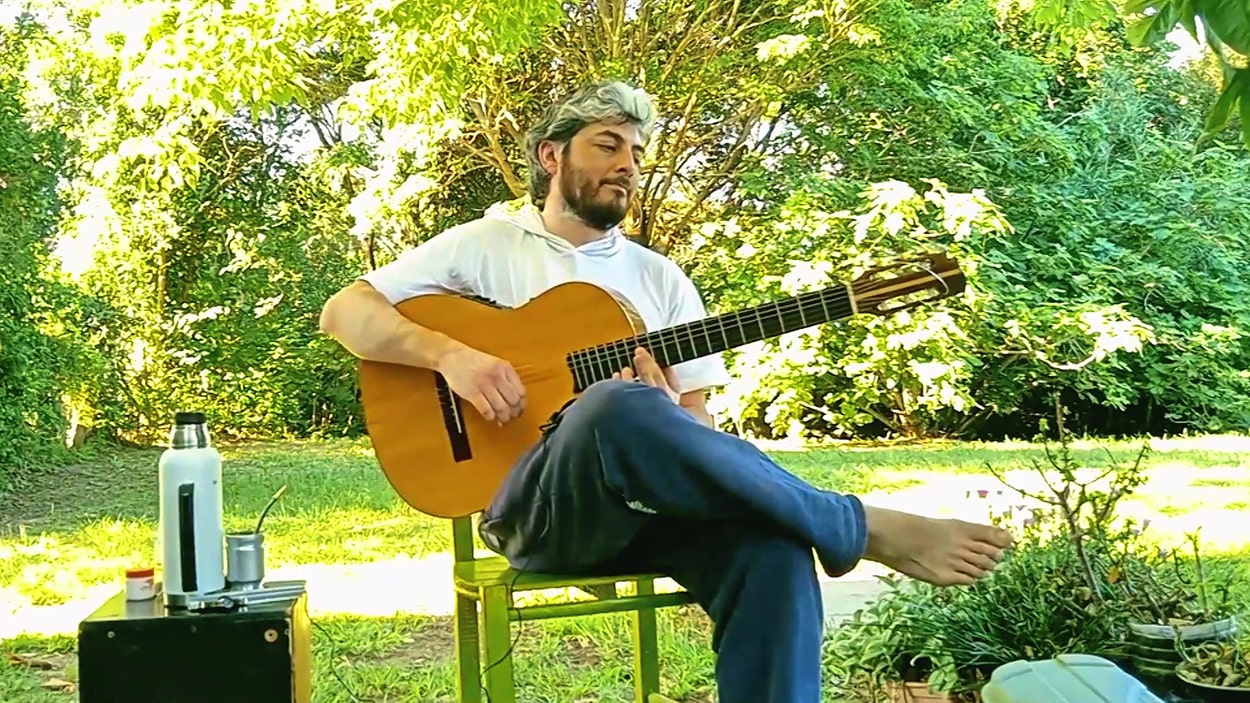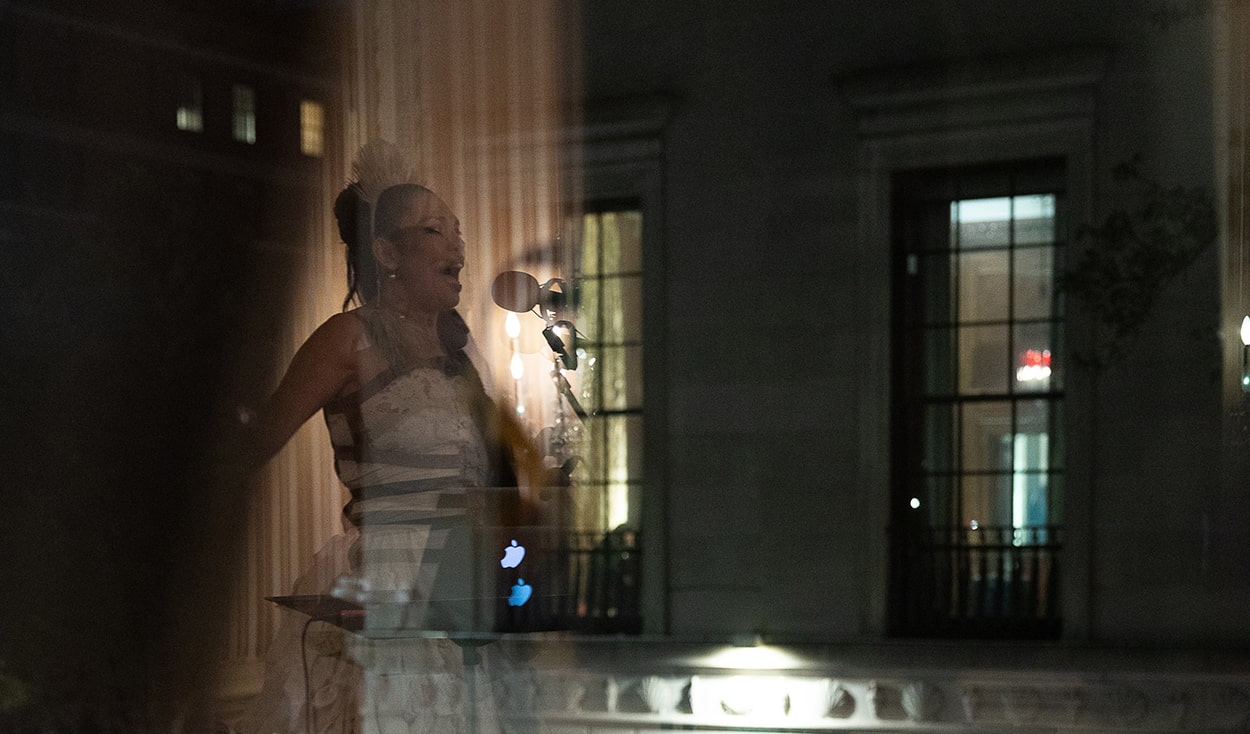International Composers Explain Inspiration for New Music Performed by Momenta Quartet
International Composers Explain Inspiration for New Music Performed by Momenta Quartet
Composers Manena Contreras, Ileana Pérez Velázquez, and Arthur Kampela describe the vision behind the pieces played by the acclaimed group at Americas Society.
Momenta Quartet returned to Americas Society on May 30 for a concert of new music composed by an international cast of composers. Below are program notes from the concert written by the composers themselves, along with an accompanying videos of the pieces that were performed.
Notes on Trazos
Manena Contreras: I composed Trazos in 2010 after I came back from Paraguay, where I had just attended the Third International Festival of Contemporary Music featuring Latin American music by women composers. I was inspired and motivated by the enthusiasm and interest showed by young Latin American musicians to learn and perform new music. I could not wait to come back home and start writing music for them to play. During the festival, I met an Argentine bassoon player frustrated by the small amount of new music written for his instrument, so I decided to write a piece for the charming double-reed instrument.
What started as a short single-movement piece for solo bassoon developed into a ten-minute, two-movement piece for bassoon and string quartet. I think the piece took a life of its own and asked for more development with the warm timbre of the strings.
The first movement starts with a solo bassoon introduction that presents several musical motives that suffuse into an expressive and melancholic section accompanied by the strings. This slow tempo section is written with the idea of a soloist accompanied by a string quartet. Later, the movement returns to the solo bassoon, bringing back the ideas introduced at the beginning of the piece. At this point, the music is calm and contemplative, with a quiet and serene ending.
The second movement is composed as a quintet, thinking of the instruments independently from each other, but always keeping a relationship between them through the harmonic context. This second movement is fast, jovial in character and rhythmically rich. It has surprising rhythm changes combined with polyrhythm often created as reminiscence of Venezuelan music. The piece closes in a mood of festive celebration. The concert at Americas Society marked the first performance of Trazos.
Notes on Alma de güije (Güije’s Soul):
Ileana Pérez Velázquez: El güije is a character from Cuban mythology that behaves like a goblin; he is capricious and mischievous. There are many testimonials that support the existence of this creature in the northern and central regions of Cuba, usually in the dense forests and brooks. Although el güije is respected and even feared by many Cubans that live in the countryside, there are no stories that corroborate that he has done any real damage to anyone. Perhaps its only “fault” is to look and behave differently than the rest of us. I was always fascinated by this Cuban goblin while I was growing up. Today, what I see as a güije’s soul served as a source of inspiration for my composition.
Notes on Uma faca só lâmina (A Knife All Blade)
Arthur Kampela: My string quartet Uma faca só lâmina (A Knife All Blade) was composed as part of my doctoral dissertation at Columbia University. At the time of its conception I was focused on the many ways in which rhythm unfolds and generates new arrays of rhythms of different speed(s). Besides that, I was interested in producing new sounds on traditional instruments, using what is known as extended techniques. In order to coordinate both of these aspects I structured the piece around two simple mathematical properties: the commutative and associative properties. I developed back then what is now known as “micro-metric modulation” which is a way to coordinate the unfolding of complex rhythmic materials (ratios and sub-ratios), and allow for a seamless transformation of speeds from one point to the next. The quartet is divided into different sections or "propositions." Two main sections function as the pillars of the piece: they are the opening solo viola piece and the cello solo piece near the end. The title A Knife All Blade (analogous to a holographic device that shows always the same object at different angles, claustrophobic and inescapable), is borrowed from the Brazilian constructivist poet João Cabral de Mello Neto and illustrates our “internal clocks” and their continuous urgency, always poking the “insides of man” with the sharpened edges of time, no matter how we turn.








